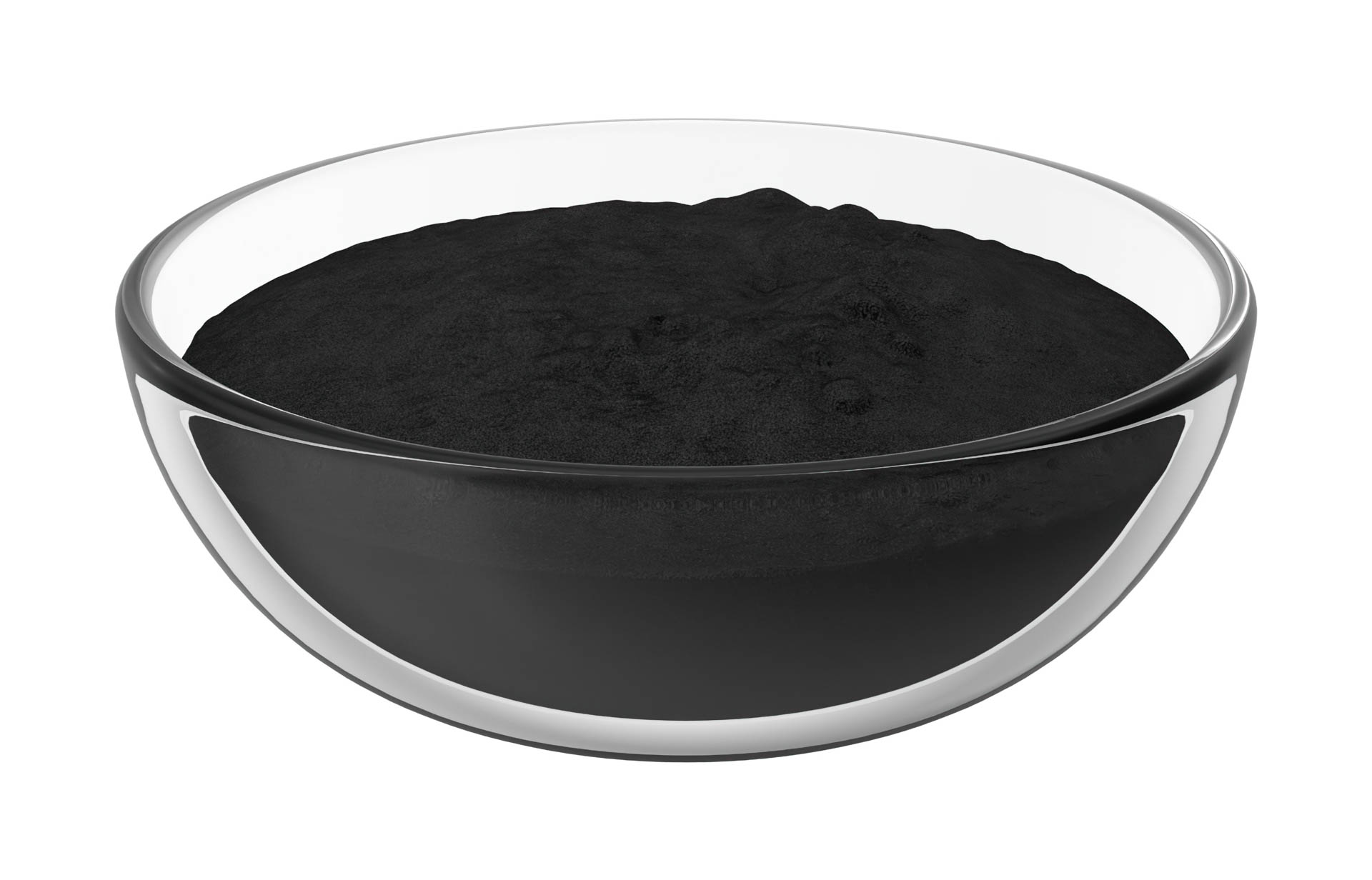Gut microbiota and infection
- the innate immune system

Our gut microbiota interacts with the innate immune system
Especially the immune cells in the gut are in the frontline of the body’s innate immune defences. They consist of phagocytes, notably macrophages, which ingest and destroy microbes and eliminate other alien elements. The tissues of our large intestine contain about 70% of all immune cells in the body, which makes it our largest immunological organ. This is where our gut microbiota interacts with the innate immune system, and it is also the site of a network of nerves which enable our gut microbiota to communicate directly with our brain.
A healthy gut microbiota is a prerequisite for an efficient innate immune system and its ability to fight infection.
Our dual immune system
Our innate immune system reacts immediately upon infection, and is our first line of defence against infection. It consists mostly of white blood cells, primarily macrophages, which engulf and kill microbes that penetrate into the surfaces of the body. They excrete substances that inhibit the multiplication of viruses and growth of bacteria. This is normally sufficient to stop an infection. It is also referred to as the non-specific immune system.
The adaptive immune system is what is most commonly referred to as “immunity”. It is also referred to as the specific immune system. It constitutes the second line of defence which may be capable of producing antibodies against microbes. It develops weeks after infection, and comes to rescue only if an infection has overwhelmed the innate immune system. Vaccination is used in human and veterinary medicine in order to facilitate an early and successful mobilization of the adaptive immune system to prevent diseases, but is only possible when the microbe to be vaccinated against is known well in advance.



![EderaGen award sticker png[48]](https://ederagen.no/wp-content/uploads/2023/06/EderaGen-award-sticker-png48.png)
